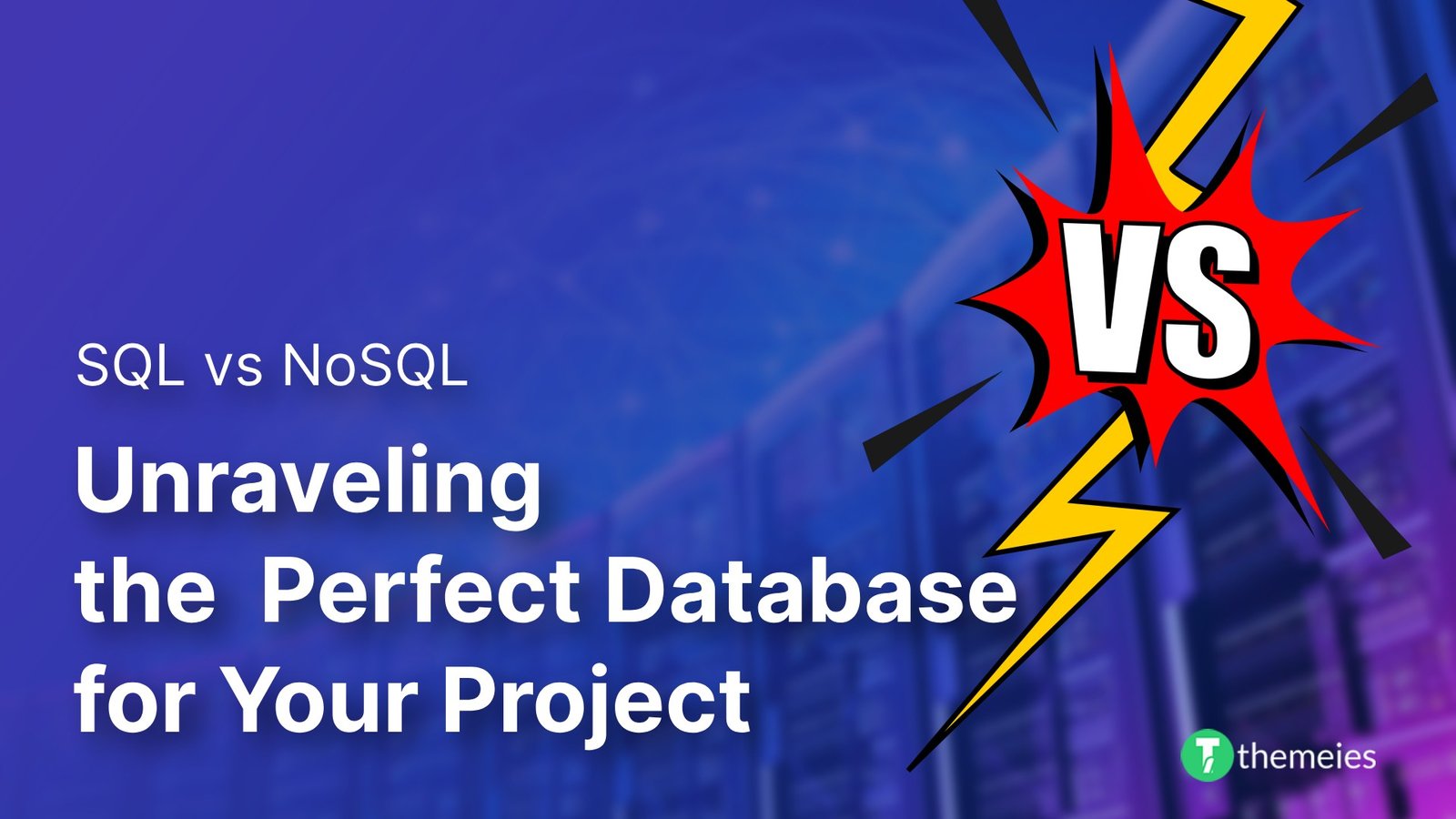Introduction: Elevating Your Online Store's Success In toda ...

In today’s fast-paced digital world, web developers continually seek ways to simplify their work, cut costs, and boost performance. One groundbreaking solution that has gained immense popularity in recent years is “Serverless Architecture.” Let’s dive into this cutting-edge technology and explore how it’s reshaping web development.
Unveiling Serverless Architecture
Serverless architecture, often called Function-as-a-Service (FaaS), represents a cloud computing model that allows developers to build and run applications without worrying about the underlying infrastructure. In this approach, developers focus solely on writing code for specific functions or services, leaving infrastructure management to the cloud service provider.
Key Benefits of Serverless Architecture
1. Scalability Made Simple

Serverless architecture excels in scalability. Unlike traditional server-based setups that require developers to predict traffic and provision servers, serverless systems automatically scale up or down in response to traffic fluctuations, ensuring optimal performance and cost-effectiveness.
2. Cost Efficiency at Its Best

Serverless computing follows a pay-as-you-go model, meaning you only pay for the computing resources you actually use. This eliminates the need for hefty upfront hardware investments and significantly reduces operational costs.
3. Accelerated Development

By abstracting infrastructure management, serverless architecture empowers developers to focus on writing code and delivering value to users. This results in faster development cycles and quicker time-to-market for your applications.
Ideal Use Cases for Serverless Architecture
1. Web Applications

Serverless architecture perfectly suits web applications, especially those with fluctuating traffic patterns. It guarantees that your web app can handle sudden surges in visitors without performance hiccups.
2. Effortless API Development

Building APIs using serverless technology is efficient and cost-effective. It enables the creation of scalable and responsive APIs that cater to a wide range of client applications.
3. Streamlined Data Processing

Serverless architecture shines in data processing tasks, such as real-time analytics and data transformation. It can process data in parallel and deliver results swiftly.
Making the Shift to Serverless: Best Practices
Now that we’ve highlighted the advantages and use cases of serverless architecture, here are some best practices to keep in mind when transitioning:
- Identify Suitable Functions: Examine your application to determine which functions can be decoupled and executed independently. These are prime candidates for serverless implementation.

- Code Optimization: Craft efficient and lightweight code to minimize execution time and costs. Remember that serverless platforms charge based on execution duration.

- Prioritize Security: Implement robust security measures since serverless applications are exposed to the internet. Use authentication, authorization, and encryption to safeguard your functions and data.

- Effective Monitoring and Debugging: Set up comprehensive monitoring and debugging tools to track the performance of your serverless functions. This ensures quick issue identification and resolution.

- Mitigating Vendor Lock-In: Be mindful of potential vendor lock-in when selecting a cloud provider for your serverless architecture. Consider using vendor-agnostic tools and services to reduce this risk.

In Summary
Serverless architecture has emerged as a game-changer in modern web development. Its innate scalability, cost-efficiency, and shortened development cycles make it an enticing choice for businesses aiming to stay competitive in the digital era. By embracing serverless technology, you unlock new possibilities and elevate your web applications to the next level.
The Evolution of Serverless Computing
As we delve deeper into serverless architecture, it’s essential to trace its evolution and understand how it has revolutionized application development and deployment. Serverless computing has undergone significant transformations since its inception, shaping the way we build and manage applications.
The Early Days
Serverless computing traces its roots back to the early 2000s when Amazon Web Services (AWS) introduced AWS Lambda in 2014. This groundbreaking service allowed developers to run code in response to events without dealing with server provisioning—an innovation that marked the onset of a paradigm shift in cloud computing.
The Rise of FaaS Providers
Following the success of AWS Lambda, other major cloud providers, such as Microsoft Azure with Azure Functions and Google Cloud with Google Cloud Functions, entered the serverless arena. This competition spurred rapid innovation, with each provider offering unique features and capabilities.
The Expanding Serverless Ecosystem
Today, the serverless ecosystem extends beyond Function-as-a-Service offerings, encompassing a diverse range of services and tools that enhance the development and deployment of serverless applications. These services span various domains, including databases, authentication, messaging, and more.
Serverless Databases
Serverless databases like AWS Aurora Serverless and Google Cloud Firestore have become indispensable for serverless applications. They automatically scale based on demand, providing a seamless serverless experience for data storage.
Simplified Authentication
Authentication and authorization are crucial aspects of any application. Serverless authentication services like AWS Cognito and Auth0 simplify the implementation of secure user authentication in serverless applications.
Streamlined Messaging
Messaging and event-driven architectures lie at the heart of serverless computing. Services like AWS EventBridge and Google Cloud Pub/Sub facilitate seamless communication between different components of a serverless application.
Overcoming Serverless Challenges
While serverless architecture offers numerous advantages, it also presents certain challenges. Let’s explore some common challenges and the solutions available:
Tackling Cold Starts
Cold starts, resulting in delayed function execution due to resource initialization, can affect application responsiveness. To mitigate this, serverless providers offer strategies like provisioned concurrency, which keeps a certain number of instances warm and ready to respond instantly.
Addressing Vendor Lock-In Concerns
As previously mentioned, vendor lock-in can be a concern when adopting serverless. Organizations can mitigate this risk by employing multi-cloud strategies or relying on serverless frameworks like the Serverless Framework and AWS SAM, designed to provide portability across cloud providers.
The Bright Future of Serverless
The future of serverless computing holds great promise. As more organizations embrace this architecture, we can expect further innovation and enhancements in the serverless ecosystem. This includes improved developer tools, comprehensive security solutions, and broader support for various programming languages.
In conclusion, serverless architecture has evolved from a groundbreaking concept into a dominant force in modern web development. Its benefits, including scalability, cost efficiency, and reduced development time, make it an enticing choice for businesses of all sizes. As the serverless ecosystem continues to expand, it’s an exciting time for developers and organizations looking to harness the power of serverless computing for their applications.
- Cloud Computing
- Modern Web Apps
- Serverless Architecture
- Technology Advancements.
- Web Development Trends


Introduction of SQL vs. NoSQL In the dynamic realm of data ...
02 Feb, 2024 226 Liked

Streamline Your Website with Versatile Themes In today's ev ...
08 Jan, 2024 250 Liked

Secure Payment

Money Back

